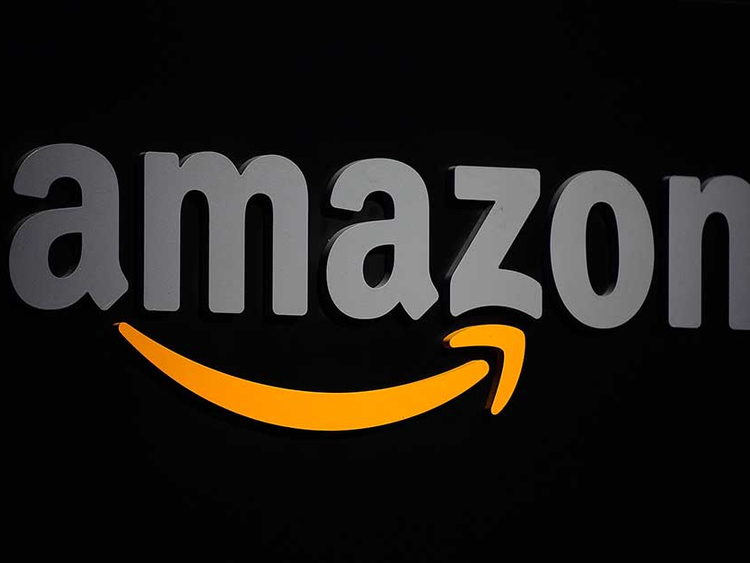When Leo Tolstoy observed that the two most powerful warriors are patience and time, he could scarcely have imagined how undervalued both of these would become. Today, the constant refrain we hear when planning in business, is that the customer has no patience, a reducing attention span and no time.
We can see this quite vividly online if we simply follow a customer’s journey on a tracking programme. It is surprising how quickly she will click off when the download takes a few micro seconds more. And so you strive to get the customer to the product of choice as quickly as possible, with the least amount of effort, with the smallest number of clicks and barriers to making the buy decision.
This restlessness is bound to be reflected in the way customers behave when in brick-and-mortar stores. People seem to have grown out of the romance of going in and sifting through endless shelves and hangers to discover what they want — then repeating the process for the next item.
It is not surprising that the hardest hit in what I would call the “pre-e-commerce age” are departmental stores which invite you to precisely this kind of old world shopping. We are, however, still very much in the brick-and-mortar age. E-commerce comprises less than 10 per cent of global sales and the effect of this shift of just 10 per cent is already shaking up major markets.
While common wisdom is that anything to do with technology develops at rapid speed, there is perhaps one factor holding e-commerce back today — logistics. It is much more complex and involved than anything we have seen in the past, simply because you have to be geared to:
• Predict customers’ demands well in advance.
• Ensure adequate products are available in quantity and endless variety.
• Have the ability to break up bulk stocks and deliver individual items to individual customers.
• Put together a mix of different items which may be completely unrelated, into a single order.
• Make the delivery almost instantaneously.
• And this needs to be done for hundreds and thousands of customers over large areas.
The homes of e-commerce, Amazon and eBay, etc are making big strides to bridge this gap with huge dispatch and delivery centres located near large aggregate markets. Pick-and-pack systems are evolving rapidly. Then third-party marketplace suppliers hold stocks, delivering orders directly in discrete small quantity shipments.
These suppliers are estimated to contribute 20-40 per cent of Amazon’s volume — though in value terms this would most likely be much-much lower. The introduction of more and more own generic products would also help — ultimately — to reduce the complexity of having to stock and offer millions of SKUs (stock-keeping units) of different brands.
In our region however, logistics refinements have just begun and most e-shops are still coming to grips with them, some more successfully than others, especially as scale grows. For new entrants who come without any background or prior experience, the journey is long and complicated. This means catching up with advanced markets in terms of share of ecommerce in retail will take quite a few years.
The complication, however, is customer’s changing buying habits. Even if the actual volume of online purchase remains in low single-digits, people are already exposed to a new way of shopping. This is modifying their attitudes to shopping when they are at brick-and-mortar stores as well.
The challenge is how retailers are going to respond to this. Online stores strive to give the customer a shopping experience that is “superior” to brick-and-mortar retail. What does this mean?
These are some of the online strategies:
• Get the customer to quickly find the product that he wants.
• Offer specially curated collections to address customers’ expectations based on the voluminous search and shopping data in hand.
• Provide enough supporting information about the product to ease the buying decision.
• Keep reminding the customer. Indeed chase the customer until the decision is made.
• Provide re-assurances on product authenticity and after-sales services.
• Have enough range of product for the customer to choose from.
• Make the journey a pleasant experience with simple and easy navigation.
• Give a true value for money price.
• Keep the buyer engaged while the delivery process is on.
• Reduce the delivery period as much as possible.
• Give the customer the comfort of being able to change or even refuse her selection.
While some are holding their own, many retailers need to find ways to beat these new expectations in their stores. The pressure to up the game is on and it will require rethinking traditional practices.
We are already in the pre-e-commerce period and while many retailers would not see online sales as an existential threat just yet due to its low value impact, the move to the e-commerce age is inevitable.
Ajai Kumar Dayal is a senior executive with a major retail group in Dubai. These are his personal views.












